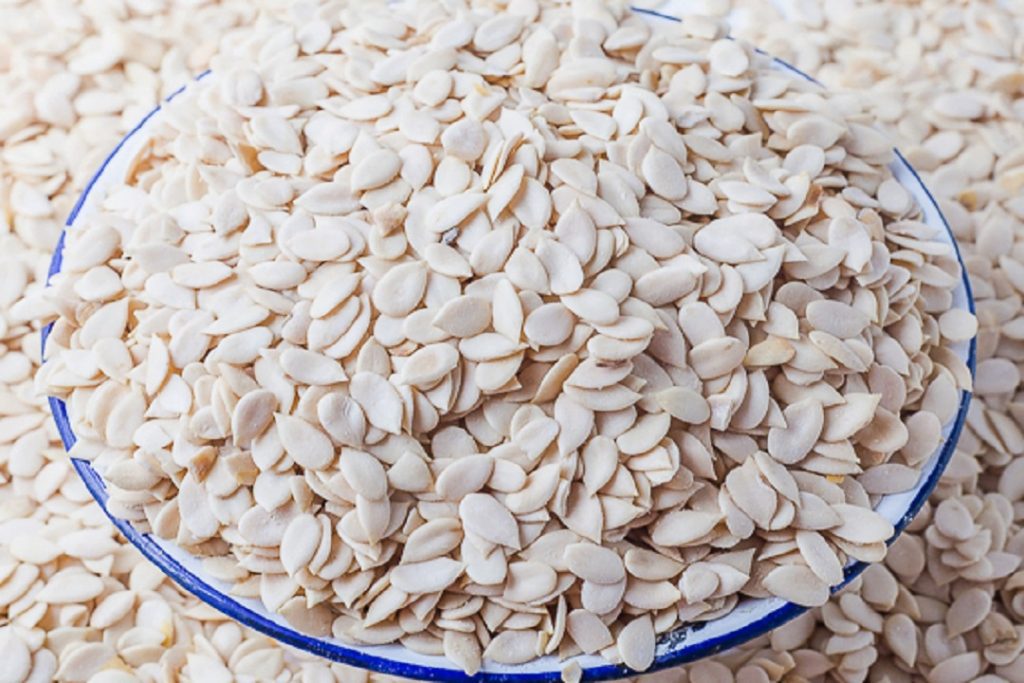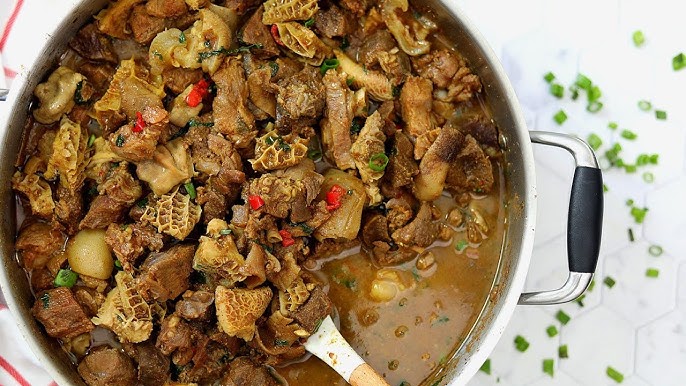Walk into a pharmacy, a wellness shop, or even a local food store in Nigeria today, and chances
are you’ll spot something made with moringa. Capsules, powders, tea bags, and oils line the
shelves. It’s added to pap, mixed into smoothies, blended into detox drinks, and even featured
in skincare routines. Moringa has become part of everyday life, not as a passing health trend,
but as a trusted staple in many homes.
It might seem like a recent discovery, but moringa has been used for generations. What many
don’t know is that this highly valued plant, often called a “miracle tree,” didn’t originate in Africa.
Its roots go back to northern India, where it was used for thousands of years in traditional
Ayurvedic medicine (a traditional Indian system of natural healing that emphasizes the use of
herbs, diet, and lifestyle to maintain wellness). From there, it travelled across continents,
eventually finding its way into Africa, where it took hold and flourished.
Today, moringa is grown in countries like Nigeria, Ghana, Kenya, Ethiopia, and beyond. Though
it came from afar, it has found a real home here, woven into our diets, our traditions, and even
our small businesses.
So what makes moringa so powerful?
Let’s start with the nutrients. Moringa leaves are packed with everything from iron and calcium
to potassium and protein. A 100-gram serving of dried moringa leaves contains more iron than
spinach, more calcium than milk, more potassium than bananas, more vitamin A than carrots,
and more protein than yogurt. These aren’t just impressive numbers. They offer a practical way
to close nutritional gaps, especially in communities where access to a wide variety of foods can
be limited.
That’s why global organizations like UNICEF and the World Health Organization have endorsed
the use of moringa in nutrition and health programs. It’s being used in school meals, maternal
care plans, and food relief efforts across the continent.
But moringa isn’t just something to read about in reports. It’s right here on our plates.
In northern Nigeria, moringa is known as zogale and is often used in leafy salads, soups, and
sauces that are served with tuwo. In the south, the dried leaves are stirred into pap or added to
soups like ogbono and egusi. In urban homes, moringa tea has become a go-to drink for people
looking to start their day with something light and healthy. Its taste is earthy, subtle, and
comforting.
Beyond food, moringa also plays a role in natural beauty and wellness. The oil pressed from its
seeds is rich in antioxidants and is used to calm the skin, reduce inflammation, and support hair
growth. It’s an ingredient you’ll now find in soaps, body oils, and creams sold both locally and
online.
And here’s something a lot of people don’t realize. You can grow moringa yourself.
It doesn’t need much to thrive. Just a bit of soil, sunlight, and water. Whether you plant it in your
backyard, in a sack beside your window, or in an old drum outside your kitchen, moringa grows
quickly and steadily. It does well even in dry areas and doesn’t need rich soil to survive.
That makes it one of the most accessible and practical plants you can grow. It feeds families,
improves soil health, and even helps restore land in areas affected by erosion. In some parts of
Nigeria, it’s part of reforestation efforts because of how fast it grows and how well it holds the
soil.
But the moringa story doesn’t end in your backyard. It’s also creating jobs.
In different parts of Africa, especially in Nigeria, moringa is helping women and small business
owners build something for themselves. Cooperatives process the leaves into powder and teas.
Others produce moringa oil and beauty products. These are sold at markets, in wellness stores,
and increasingly through online platforms to meet the growing demand.
The global moringa market is expected to cross 10 billion dollars by 2030. That’s not just talk. In
places like Ghana, Uganda, Kenya, and Nigeria, moringa-based products are already being
exported. African producers are carving out a space in a competitive wellness industry, powered
by a plant that many of us have growing right around us.
At FoodBay TV, we’ve seen moringa featured in cooking shows, wellness segments, and on the
plates of real people making smart food choices. Whether it’s added to a bowl of ogbono soup
or infused into natural body butter, moringa shows up with purpose.
It’s not just a plant. It’s an opportunity. It’s a solution. It’s a quiet powerhouse.
So whether you’re sipping it as tea, stirring it into a pot of soup, adding it to your skincare
routine, or planting it outside your window, moringa meets you where you are.
And here’s the beautiful part. It’s always in season.



